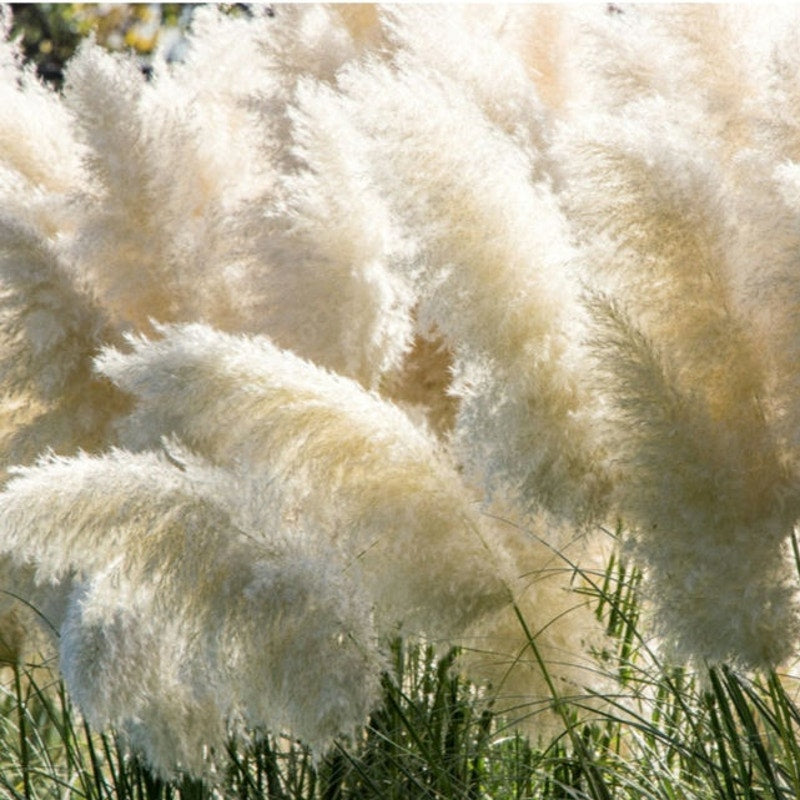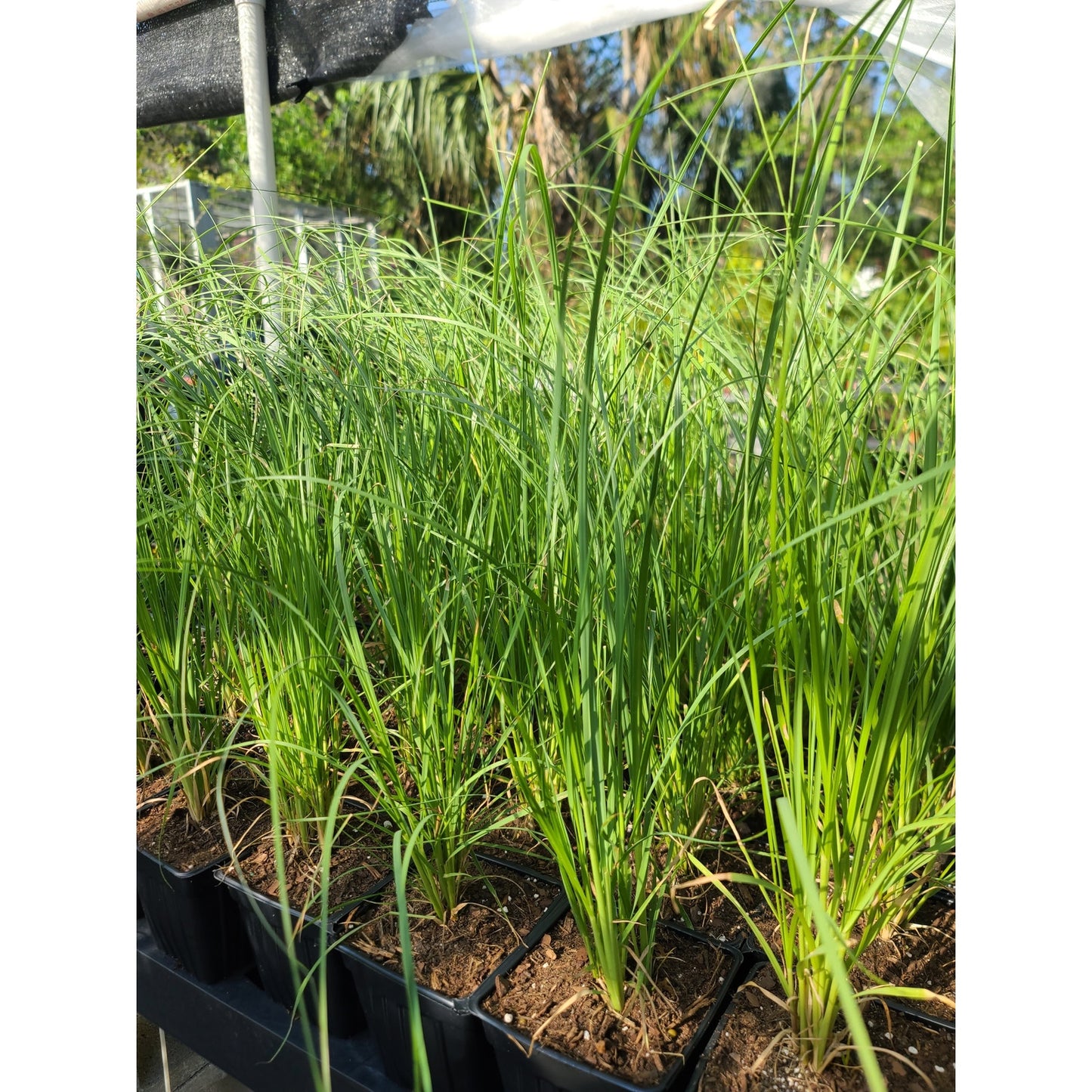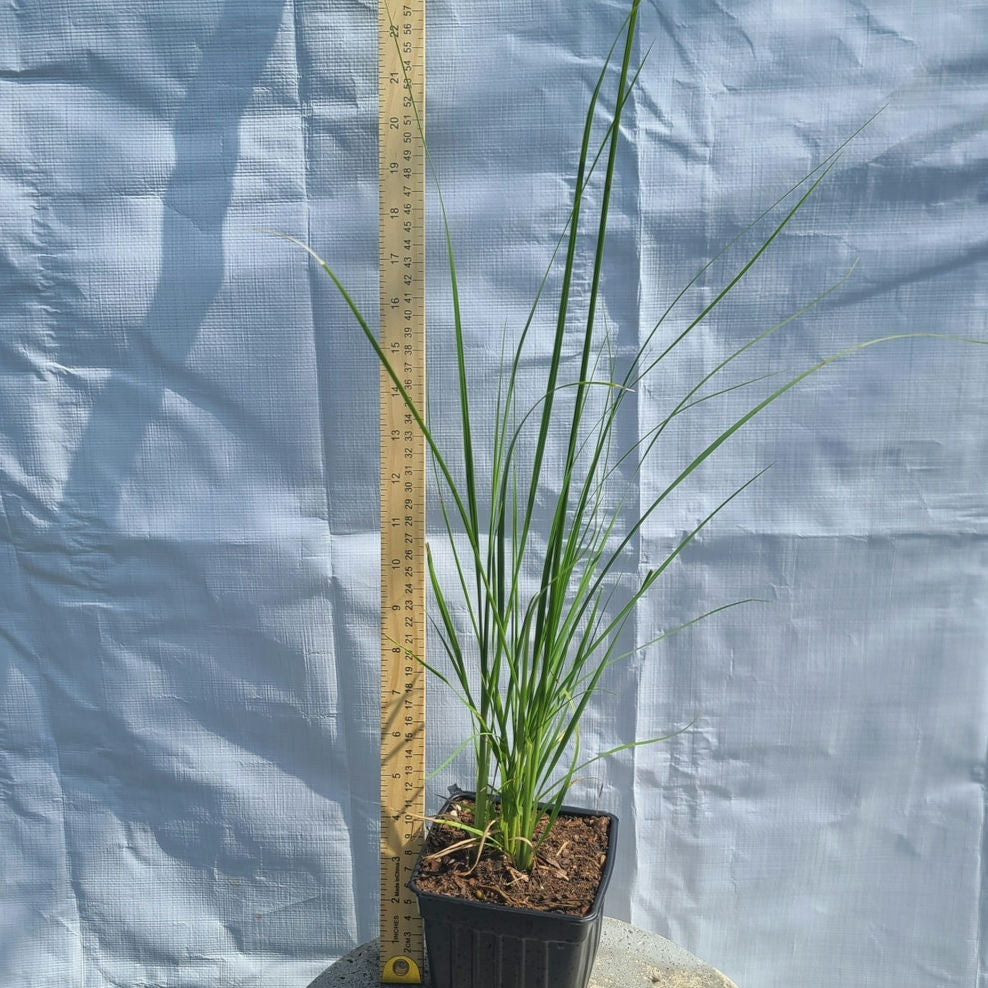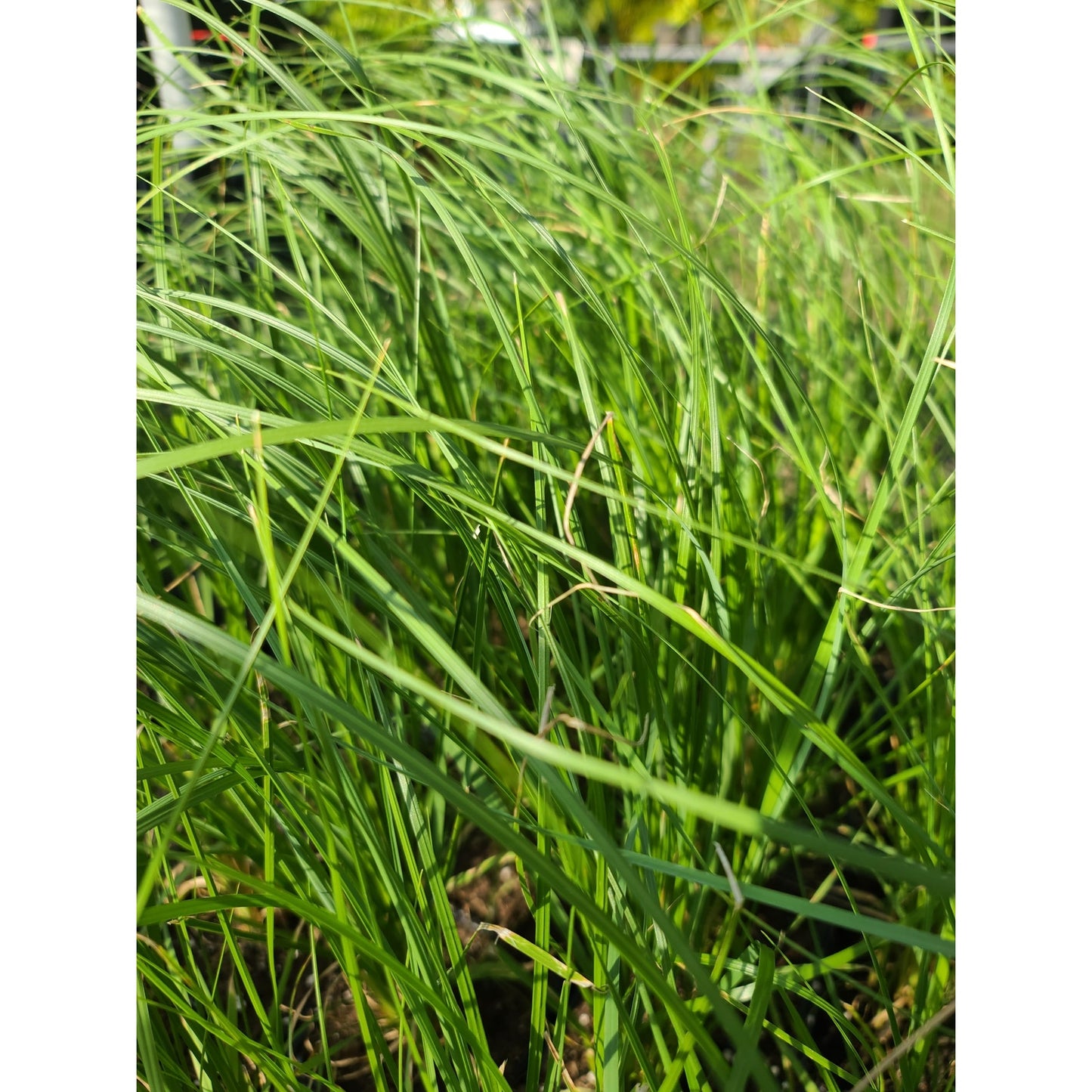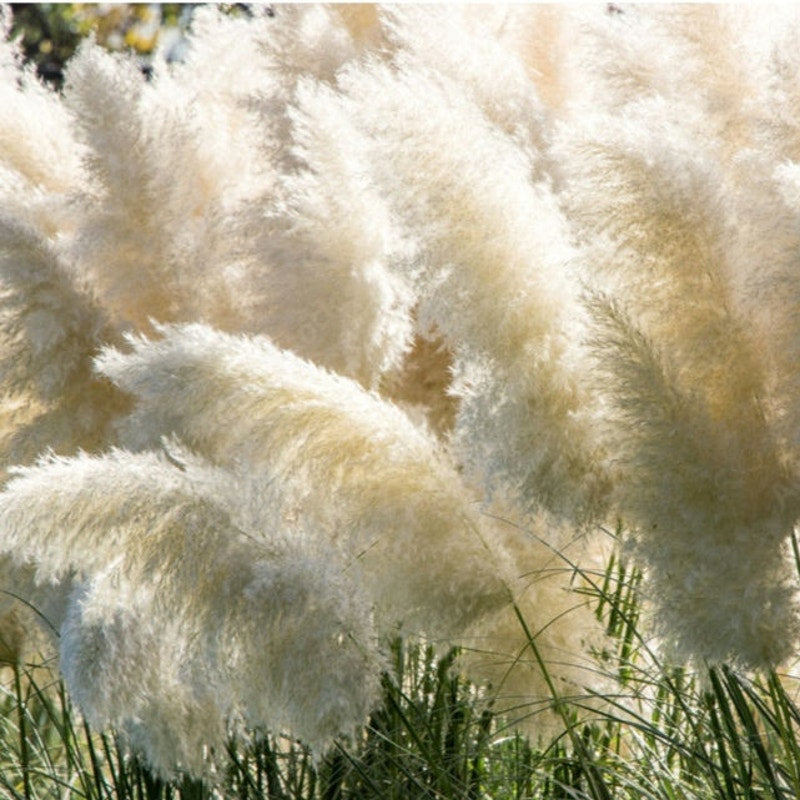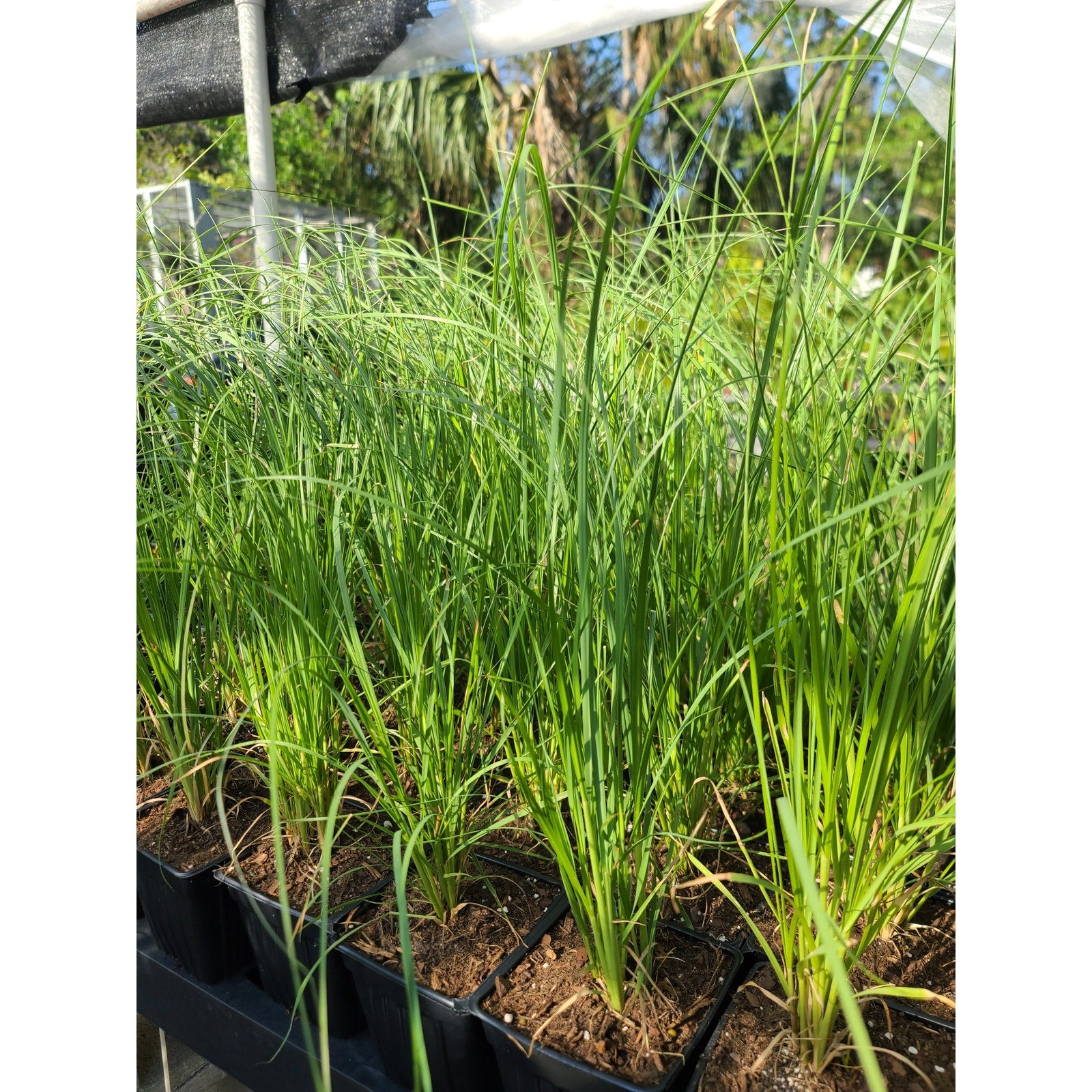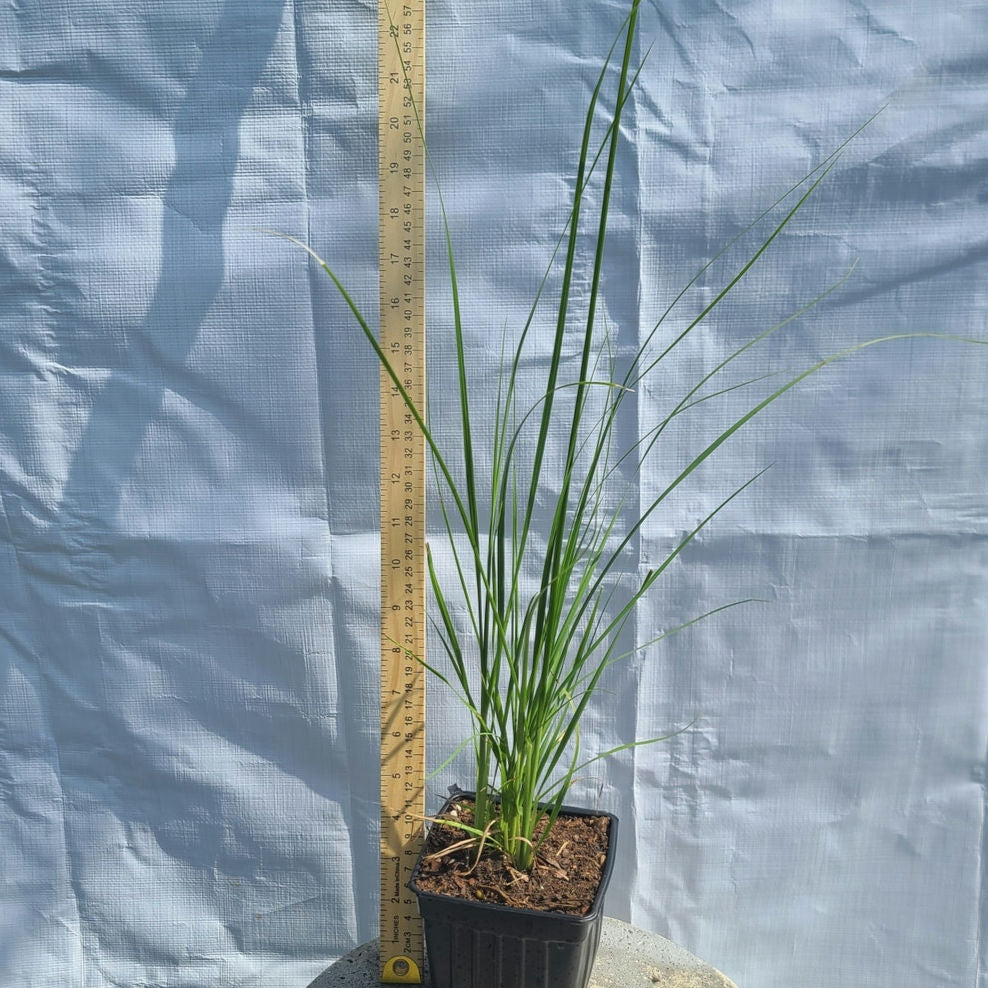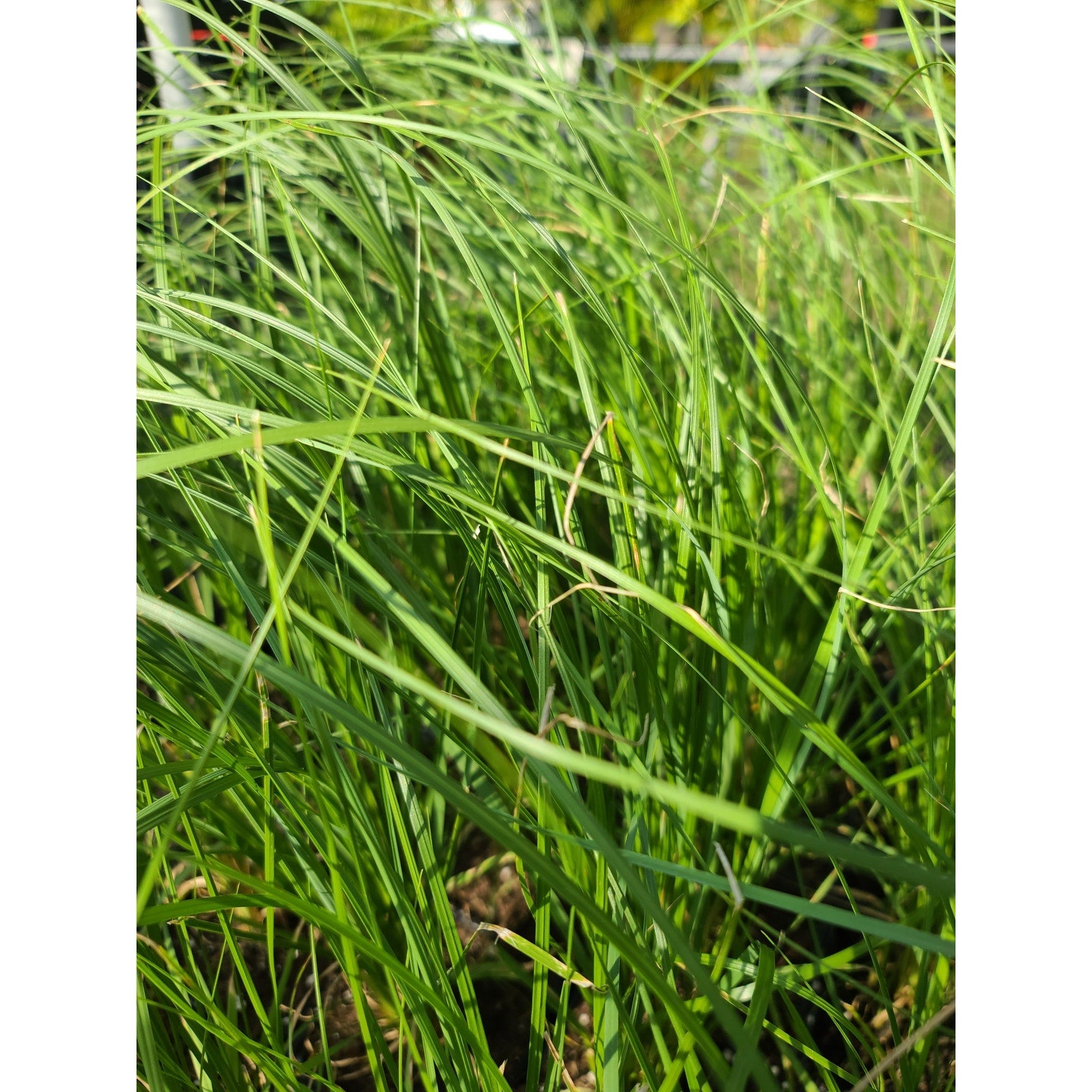1
/
of
4
Fun Coast Plant Nursery
White Pampas Grass (Cortaderia selloana) Quart Pot Live Plant
White Pampas Grass (Cortaderia selloana) Quart Pot Live Plant
Regular price
$19.99 USD
Regular price
$0.00 USD
Sale price
$19.99 USD
Unit price
/
per
Shipping calculated at checkout.
Couldn't load pickup availability
Pampas Grass
Scientific Name: Cortaderia selloana
Common Name: Pampas Grass
Plant Type: Ornamental Grass
Family: Poaceae
Overview:
Pampas Grass (Cortaderia selloana) is a dramatic, tall ornamental grass known for its striking plume-like flower heads and dense clumping habit. Native to South America, this perennial grass is prized in landscaping for its architectural form, movement in the wind, and low maintenance requirements. Its feathery plumes, which rise above arching, blade-like foliage, appear in late summer to fall, making it a bold, textural addition to borders, privacy screens, and naturalistic plantings.
Origin and Ecosystem:
Pampas Grass is native to the Pampas region of southern South America, particularly Argentina, Brazil, and Chile. It thrives in temperate to subtropical climates, often colonizing open grasslands, hillsides, and coastal areas. In the wild, it plays a role in erosion control and offers cover for small animals. However, in some regions, particularly in parts of the U.S., it is considered invasive due to its ability to spread aggressively.
Cultural and Historical Significance:
Once a symbol of elegant estate landscapes in the 19th and 20th centuries, Pampas Grass has had a resurgence in popularity due to its dramatic visual appeal in both modern and boho-style garden designs. Its dried plumes are also widely used in floral arrangements and home decor, giving it contemporary cultural relevance beyond the garden.
Ecosystem Contribution:
In native environments, Pampas Grass provides habitat and nesting material for birds and shelter for insects and small mammals. However, in non-native regions, its aggressive spreading nature may displace local flora, so it should be planted with care and monitored for invasiveness. Non-seeding cultivars or sterile hybrids are often recommended.
Global Adaptation:
This adaptable grass grows well in warm, sunny climates, tolerating drought, wind, salty air, and poor soils. It is widely grown in USDA Zones 7–11, though it may survive in zone 6 with winter protection. In colder zones, it can be grown in large containers and overwintered indoors.
Mature Size:
Height: 6 to 10 feet (1.8 to 3 meters), with plumes reaching up to 13 feet (4 meters)
Spread: 4 to 6 feet (1.2 to 1.8 meters)
Growth Rate: Fast
Light Requirements:
Full sun. Pampas Grass flourishes in open, sunny sites where it can receive 6 or more hours of direct sunlight daily. It may tolerate partial shade but will produce fewer plumes.
Watering Needs:
Low to Moderate. Once established, Pampas Grass is highly drought-tolerant. Water regularly during the first growing season to establish deep roots. Afterward, water only during prolonged dry periods. Avoid overwatering, especially in clay soils.
Soil Requirements:
Prefers well-drained soil, from sandy to loamy types
Tolerates poor, dry soils and salt
Soil pH: Neutral to slightly acidic (6.0–7.5)
Avoid heavy clay or poorly drained areas without amending for drainage
Foliage and Flowers:
Leaves:
Long, narrow, arching gray-green blades
Margins are sharp and can cut skin—handle with care and gloves
Flowers:
Large, fluffy, silvery-white to pale pink plumes
Appear in late summer to early fall
Plumes persist into winter and are excellent for cutting or drying
Seedheads:
Many varieties produce copious wind-dispersed seeds, contributing to invasiveness
Choose sterile or female-only cultivars (e.g., ‘Pumila’) to avoid spreading
Seasonal Interest:
Spring: Foliage re-emerges; plant begins fast growth
Summer: Full foliage, developing flower stalks
Fall: Plumes in full bloom—high ornamental value
Winter: Dried flower stalks and foliage provide structure and texture
Care Instructions:
Fertilizing:
Not typically required in fertile soils
A light application of balanced fertilizer in spring may boost growth
Pruning:
Cut back to 12–18 inches (30–45 cm) in late winter or early spring before new growth emerges
Wear protective clothing due to sharp-edged leaves
Pests/Diseases:
Generally pest- and disease-free
Rarely affected by fungal leaf spots or root rot if overwatered
Mulching:
Mulch in colder climates to protect crown
In warm zones, mulch to suppress weeds and retain moisture
Uses in the Landscape:
Specimen Plant: Its tall plumes make a dramatic visual statement
Privacy Screens/Windbreaks: Dense growth habit offers natural screening
Drought-Tolerant Landscapes: Ideal for xeriscaping and dry areas
Wildlife-Friendly Gardens: Offers cover for birds and small animals
Containers: Smaller cultivars (e.g., 'Pumila') are excellent for large pots
Hardiness Zone:
USDA Zones 7–11. Can be grown in Zone 6 with protection. Avoid planting in areas where it is considered invasive without using sterile cultivars.
Special Features:
✔ Architectural Foliage and Plumes – Adds height, movement, and drama to the garden
✔ Low Maintenance – Once established, requires little care
✔ Drought and Salt Tolerant – Excellent for coastal and dry regions
✔ Ornamental Value Year-Round – Plumes persist through winter
✔ Great for Cut and Dried Flower Use – Long-lasting beauty indoors
The Pampas Grass (Cortaderia selloana) is a bold, striking addition to any landscape, offering height, texture, and graceful motion in the breeze. Whether planted as a specimen, a privacy screen, or in a wild meadow design, it brings year-round interest with minimal care. Use responsibly in areas where it can become invasive, and enjoy its dramatic, flowing elegance.
Scientific Name: Cortaderia selloana
Common Name: Pampas Grass
Plant Type: Ornamental Grass
Family: Poaceae
Overview:
Pampas Grass (Cortaderia selloana) is a dramatic, tall ornamental grass known for its striking plume-like flower heads and dense clumping habit. Native to South America, this perennial grass is prized in landscaping for its architectural form, movement in the wind, and low maintenance requirements. Its feathery plumes, which rise above arching, blade-like foliage, appear in late summer to fall, making it a bold, textural addition to borders, privacy screens, and naturalistic plantings.
Origin and Ecosystem:
Pampas Grass is native to the Pampas region of southern South America, particularly Argentina, Brazil, and Chile. It thrives in temperate to subtropical climates, often colonizing open grasslands, hillsides, and coastal areas. In the wild, it plays a role in erosion control and offers cover for small animals. However, in some regions, particularly in parts of the U.S., it is considered invasive due to its ability to spread aggressively.
Cultural and Historical Significance:
Once a symbol of elegant estate landscapes in the 19th and 20th centuries, Pampas Grass has had a resurgence in popularity due to its dramatic visual appeal in both modern and boho-style garden designs. Its dried plumes are also widely used in floral arrangements and home decor, giving it contemporary cultural relevance beyond the garden.
Ecosystem Contribution:
In native environments, Pampas Grass provides habitat and nesting material for birds and shelter for insects and small mammals. However, in non-native regions, its aggressive spreading nature may displace local flora, so it should be planted with care and monitored for invasiveness. Non-seeding cultivars or sterile hybrids are often recommended.
Global Adaptation:
This adaptable grass grows well in warm, sunny climates, tolerating drought, wind, salty air, and poor soils. It is widely grown in USDA Zones 7–11, though it may survive in zone 6 with winter protection. In colder zones, it can be grown in large containers and overwintered indoors.
Mature Size:
Height: 6 to 10 feet (1.8 to 3 meters), with plumes reaching up to 13 feet (4 meters)
Spread: 4 to 6 feet (1.2 to 1.8 meters)
Growth Rate: Fast
Light Requirements:
Full sun. Pampas Grass flourishes in open, sunny sites where it can receive 6 or more hours of direct sunlight daily. It may tolerate partial shade but will produce fewer plumes.
Watering Needs:
Low to Moderate. Once established, Pampas Grass is highly drought-tolerant. Water regularly during the first growing season to establish deep roots. Afterward, water only during prolonged dry periods. Avoid overwatering, especially in clay soils.
Soil Requirements:
Prefers well-drained soil, from sandy to loamy types
Tolerates poor, dry soils and salt
Soil pH: Neutral to slightly acidic (6.0–7.5)
Avoid heavy clay or poorly drained areas without amending for drainage
Foliage and Flowers:
Leaves:
Long, narrow, arching gray-green blades
Margins are sharp and can cut skin—handle with care and gloves
Flowers:
Large, fluffy, silvery-white to pale pink plumes
Appear in late summer to early fall
Plumes persist into winter and are excellent for cutting or drying
Seedheads:
Many varieties produce copious wind-dispersed seeds, contributing to invasiveness
Choose sterile or female-only cultivars (e.g., ‘Pumila’) to avoid spreading
Seasonal Interest:
Spring: Foliage re-emerges; plant begins fast growth
Summer: Full foliage, developing flower stalks
Fall: Plumes in full bloom—high ornamental value
Winter: Dried flower stalks and foliage provide structure and texture
Care Instructions:
Fertilizing:
Not typically required in fertile soils
A light application of balanced fertilizer in spring may boost growth
Pruning:
Cut back to 12–18 inches (30–45 cm) in late winter or early spring before new growth emerges
Wear protective clothing due to sharp-edged leaves
Pests/Diseases:
Generally pest- and disease-free
Rarely affected by fungal leaf spots or root rot if overwatered
Mulching:
Mulch in colder climates to protect crown
In warm zones, mulch to suppress weeds and retain moisture
Uses in the Landscape:
Specimen Plant: Its tall plumes make a dramatic visual statement
Privacy Screens/Windbreaks: Dense growth habit offers natural screening
Drought-Tolerant Landscapes: Ideal for xeriscaping and dry areas
Wildlife-Friendly Gardens: Offers cover for birds and small animals
Containers: Smaller cultivars (e.g., 'Pumila') are excellent for large pots
Hardiness Zone:
USDA Zones 7–11. Can be grown in Zone 6 with protection. Avoid planting in areas where it is considered invasive without using sterile cultivars.
Special Features:
✔ Architectural Foliage and Plumes – Adds height, movement, and drama to the garden
✔ Low Maintenance – Once established, requires little care
✔ Drought and Salt Tolerant – Excellent for coastal and dry regions
✔ Ornamental Value Year-Round – Plumes persist through winter
✔ Great for Cut and Dried Flower Use – Long-lasting beauty indoors
The Pampas Grass (Cortaderia selloana) is a bold, striking addition to any landscape, offering height, texture, and graceful motion in the breeze. Whether planted as a specimen, a privacy screen, or in a wild meadow design, it brings year-round interest with minimal care. Use responsibly in areas where it can become invasive, and enjoy its dramatic, flowing elegance.
Share
